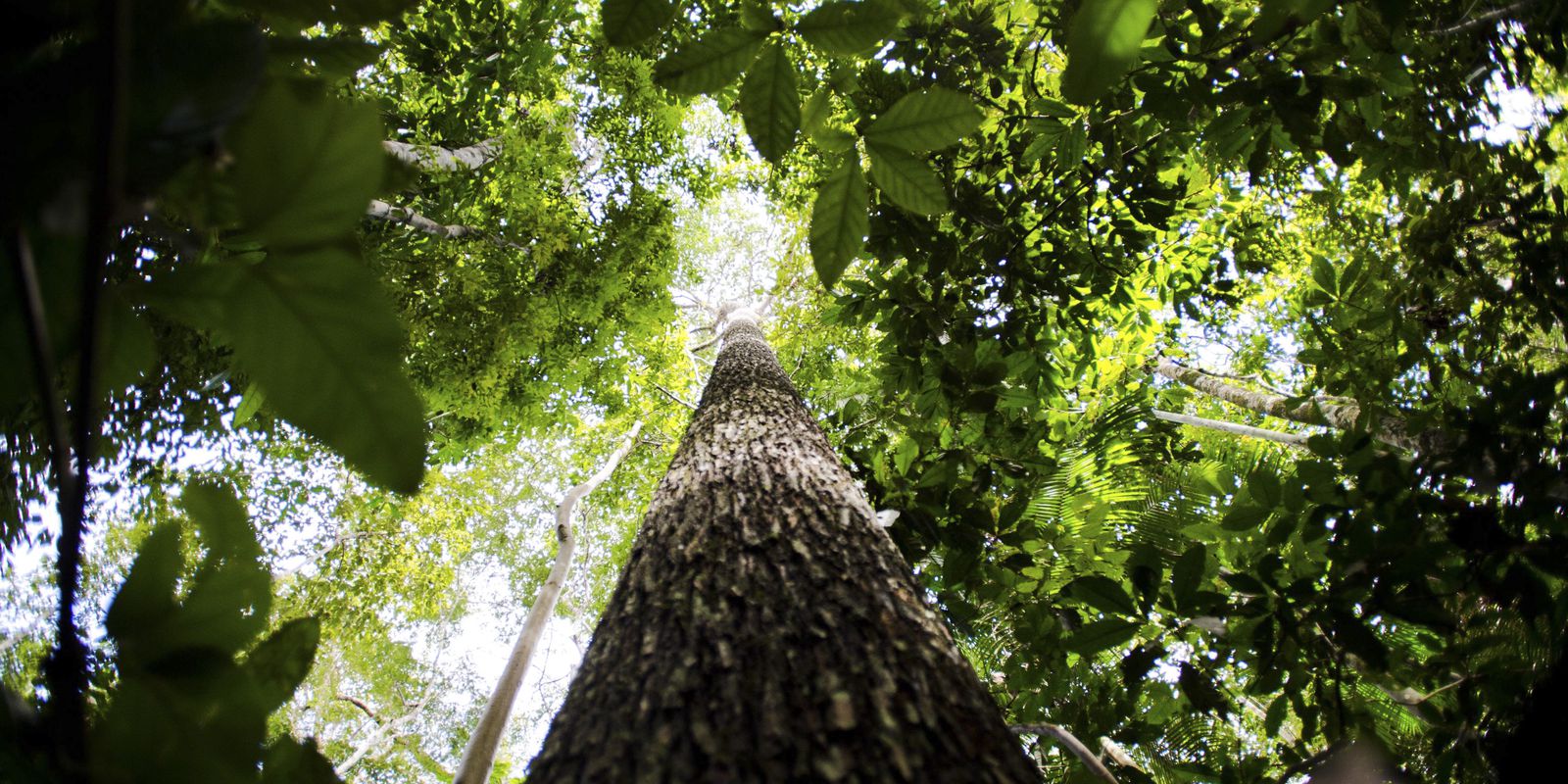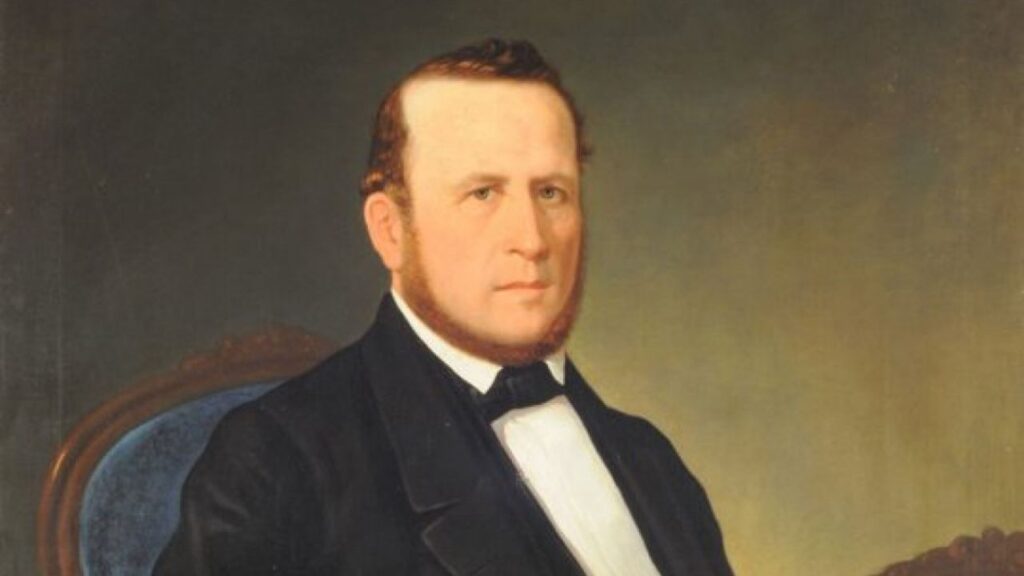With more than 150 species native to the North Region with current or potential economic value and that can be used sustainably in the production of medicines, foods, aromas, condiments, dyes, fibers, fodder such as grasses and legumes, oils and ornaments, the Ministry of the Environment (MMA) launched the book Native Species of Brazilian Flora of Current or Potential Economic Value – Plants for the Future – North Region.
The fourth publication in the Biodiversity series is available to all for free in digital version, on the MMA website. The book had the collaboration and effort of 147 renowned experts from universities, research institutions, companies and NGOs in Brazil and abroad.
“Among the practical results expected with the book, we can mention the diffusion and expansion of the sustainable use of Amazonian species in regional and national gastronomy; increasing interest in research, development and innovation, including through plant genetic improvement programs aimed at obtaining fruit crops from the Amazon in commercial plantations”, highlighted the Ministry.
Also according to the ministry, another relevant point of contribution of the project is the creation of production and value chains for fruit, medicinal and oilseed plants in the Amazon, with a focus on national and international markets.
“It’s science bringing knowledge of Brazilian biodiversity. Brazil is a super biodiverse country, but little known, and this book shows the amount of economic opportunities. You see plants that few people know about, but are used in the region. uses it correctly, but Brazil still doesn’t, and neither does the industry”, highlighted the Minister of the Environment, Joaquim Leite.
Biodiversity Series
The books of the Biodiversidade series have been built since 2004. Volumes dedicated to the South, Midwest and Northeast regions have already been published.
The publications in the series take into account that Brazilian biodiversity, made up of more than 46,000 known plant species, represents an immense potential for use, despite still being little recognized and underused.














